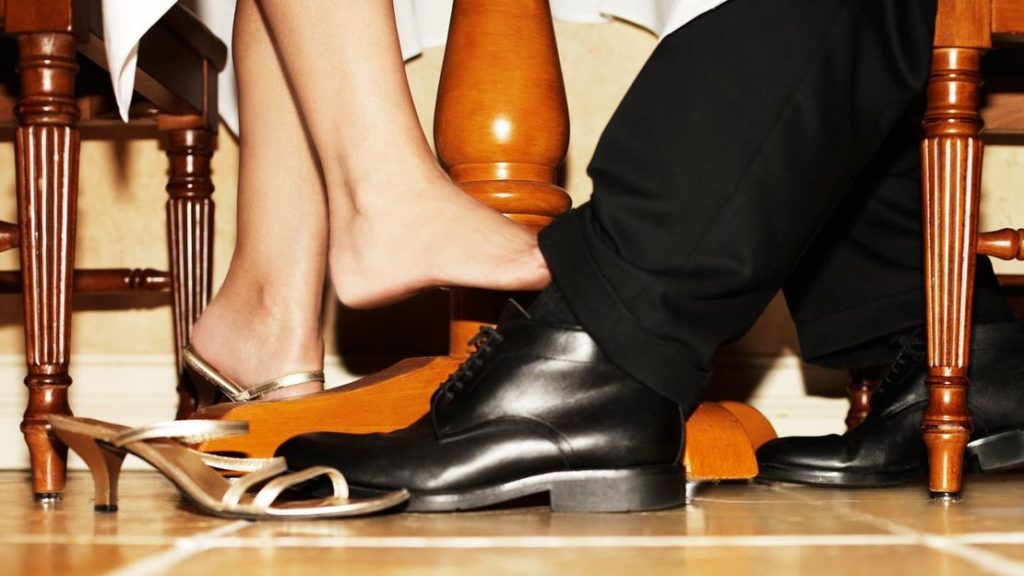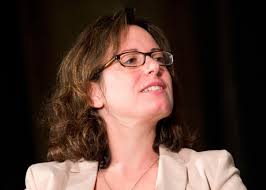Brand Strategy Is Not Foreplay.
“How do I write a brand strategy” is search term to avoid. It is a well-intended phrase — one that shows proper marketing thinking and consumer empathy. But the problem keying this question into Google is the outcomes will be all wrong. Small business owners or neophyte marketing people shouldn’t be writing their own brand strategies. Just as psychiatrists shouldn’t attempt to self-diagnose and self-heal.
It’s hard to objectively view your brand when you are the owner; but, more importantly it’s a misguided errand. Using the web to learn about brand strategy, it’s frameworks and tools is a rabbit hole. Effectively, you are looking for templates to help you with a brand articulation. It’s not effective.
Brand strategy is often seen as foreplay in anticipation of selling large ticket items like logos, names, retail/web experiences and style manuals. The money-makers. Companies that focus on brand strategy and position themselves as experts really want to sell you other things. So they salt the web with goodies and search-ables in order to get your attention. Educating the market on brand strategy with so-called tools only to attract your business.
Don’t try to write your own brand strategy. Don’t search the web for brand strategy tools. Find a company that cares about brand strategy and brand strategy alone — the words and organizing principle. Seek them out. You’d be surprised at how fast and cost-effective a paper brand strategy can be.
Peace.










